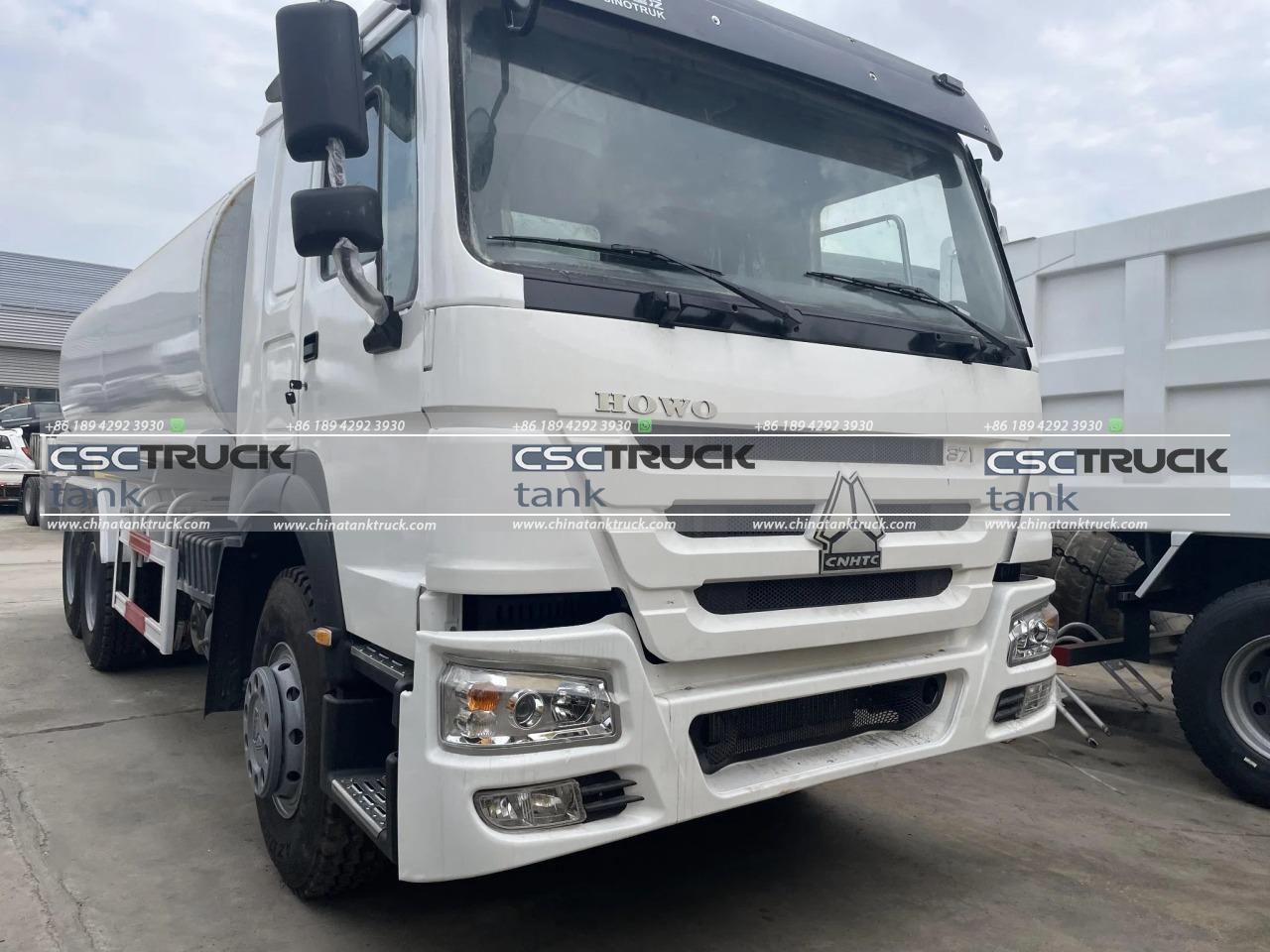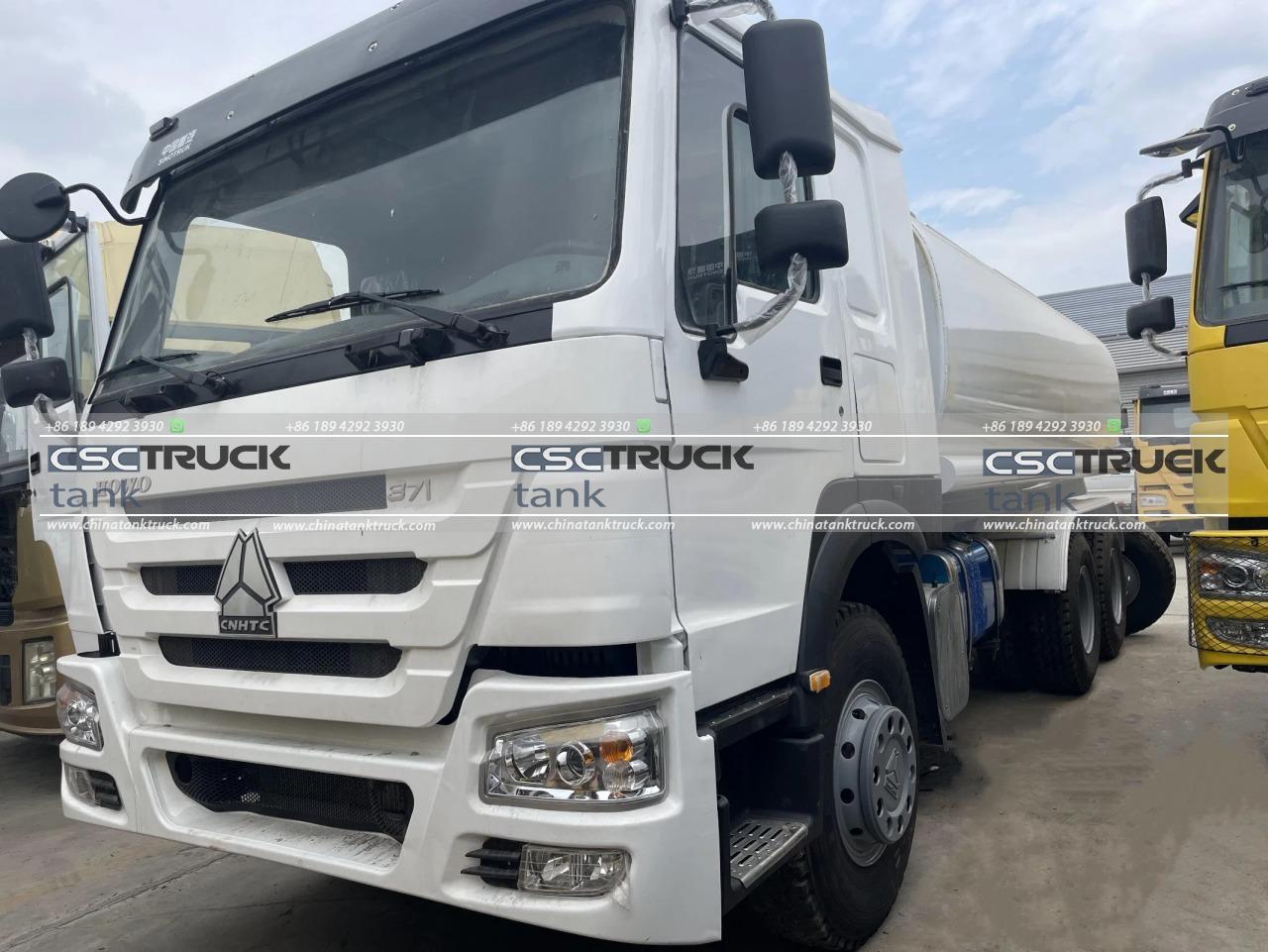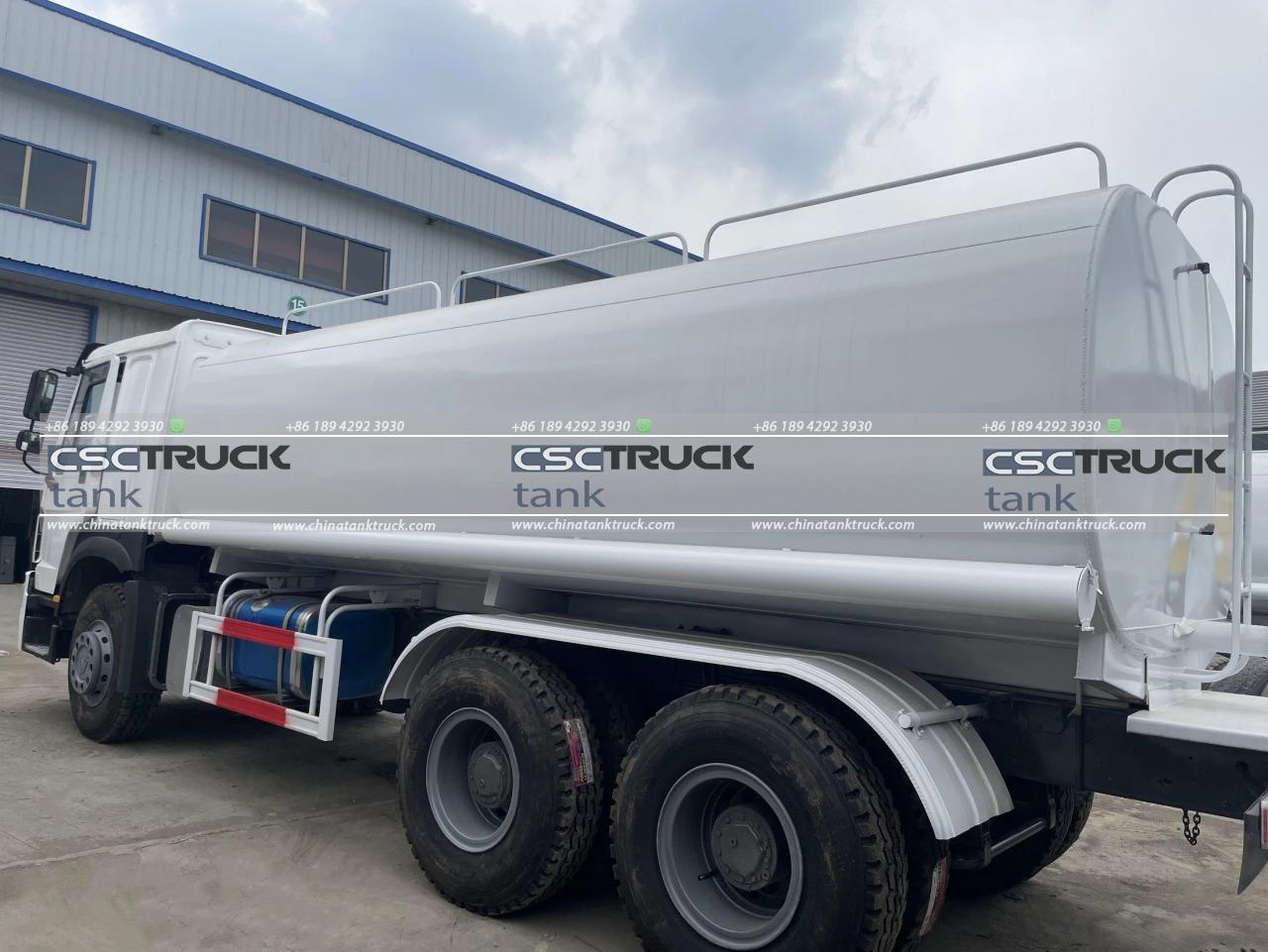How Do Fuel Trucks Work?
Fuel trucks are a crucial element in the global transportation and logistics sector, ensuring that fuel is delivered efficiently and safely to various locations. Whether it’s gasoline for your local gas station or jet fuel for airports, these specialized vehicles play an essential role in keeping our world moving. In this article, we’ll dive into the intricate workings of fuel trucks, exploring their design, operational mechanisms, safety features, and maintenance requirements.
1. Understanding the Anatomy of a Fuel Truck
A typical fuel truck consists of several key components: the tanker, the pumping system, the delivery system, and the safety mechanisms.
– Tanker: This is the main body of the truck where the fuel is stored. It’s often made from high-strength steel or aluminum to handle the pressure and weight of the liquid. Tankers are usually divided into multiple compartments to transport different types of fuel or to enable more efficient distribution.
– Pumping System: Fuel trucks are equipped with powerful pumps that move the fuel from the tanker to the delivery point. These pumps are designed to handle the high flow rates required for efficient fuel distribution.
– Delivery System: This includes hoses, nozzles, and meters that ensure accurate dispensing of fuel. The delivery system is designed to be flexible and durable to withstand various operational conditions.
– Safety Mechanisms: Given the flammable nature of the cargo, fuel trucks come with numerous safety features. These include pressure relief valves, emergency shut-off systems, and fire suppression equipment.

2. The Operational Mechanics
Fuel trucks operate through a combination of mechanical and hydraulic systems to perform their critical functions. Here’s a closer look at how they work:
– Loading Fuel: At the refueling station or depot, the truck’s tanker is connected to a loading rack where fuel is pumped into the tanker from storage tanks. The loading process is carefully monitored to ensure no spillage occurs and that the correct type and amount of fuel are transferred.
– Transporting Fuel: Once loaded, the truck transports the fuel to its destination. The tanker’s design allows it to handle the weight of the fuel and maintain balance. The driver must manage the truck’s speed and braking carefully to prevent the sloshing of fuel inside the compartments, which could affect stability.
– Delivery: Upon reaching the destination, the truck is positioned to ensure safe and efficient delivery. The pumping system is activated to transfer fuel from the tanker to the storage tanks or dispensers at the site. The delivery system’s meter ensures that the exact amount of fuel is dispensed.
3. Safety Considerations
Safety is paramount in fuel transportation due to the high risks associated with handling flammable liquids. Fuel trucks are designed with several safety features to mitigate these risks:
– Pressure Relief Valves: These valves prevent the buildup of excessive pressure within the tanker, which could lead to dangerous situations.
– Emergency Shut-Off Systems: In the event of a malfunction or accident, these systems allow the driver to quickly stop the flow of fuel and minimize the risk of spills or fires.
– Fire Suppression Equipment: Fire extinguishers and other fire suppression tools are installed to address any accidental fires promptly.
– Regular Inspections and Maintenance: Fuel trucks undergo rigorous inspections and maintenance to ensure that all safety systems are functioning correctly. This includes checking for leaks, ensuring the integrity of the tanker, and verifying the operation of the pumping and delivery systems.

4. Maintenance and Inspection
To ensure the safe and efficient operation of fuel trucks, regular maintenance is crucial. Here’s an overview of the maintenance practices involved:
– Tank Inspections: Regular inspections of the tanker’s interior and exterior help detect any signs of corrosion, wear, or damage. Tanks are often cleaned and inspected for residue buildup, which could affect fuel quality.
– Pump and Hose Maintenance: The pumping system and delivery hoses are checked for wear and tear. Any damaged components are replaced to prevent leaks and ensure proper fuel flow.
– Brake and Suspension Checks: Since fuel trucks carry a significant amount of weight, the braking and suspension systems are routinely inspected to ensure safe handling and operation.
– Compliance with Regulations: Fuel trucks must adhere to various regulations and standards set by regulatory bodies. Compliance with these regulations ensures that the trucks are safe to operate and meet environmental and safety standards.
5. Technological Advancements
Modern fuel trucks are incorporating advanced technologies to improve efficiency, safety, and environmental impact. Some notable advancements include:
– Telematics Systems: These systems provide real-time data on the truck’s performance, fuel levels, and location. They help fleet operators monitor and manage their vehicles more effectively.
– Enhanced Pumping Technology: Newer pumping systems offer greater precision and efficiency, reducing fuel wastage and improving delivery accuracy.
– Emission Control Systems: Advances in emission control technologies help reduce the environmental impact of fuel trucks, making them more eco-friendly.
– Automated Safety Features: Modern fuel trucks are increasingly equipped with automated safety features, such as collision avoidance systems and automatic braking, to further enhance safety.

6. Challenges and Future Directions
Despite the advancements, the fuel trucking industry faces several challenges, including:
– Regulatory Compliance: Adhering to constantly evolving safety and environmental regulations can be complex and costly.
– Infrastructure Limitations: In some regions, infrastructure limitations can affect the efficiency of fuel delivery.
– Technological Integration: Incorporating new technologies into existing systems can be challenging and requires significant investment.
Looking ahead, the industry is expected to continue evolving with a focus on sustainability, efficiency, and safety. Innovations such as alternative fuels, electric or hybrid fuel trucks, and advanced logistics software are likely to shape the future of fuel transportation.
Conclusion
Fuel trucks are an essential component of our modern infrastructure, playing a pivotal role in the efficient distribution of fuel across various sectors. Their complex design and sophisticated operational mechanisms ensure that fuel is safely and reliably transported. As technology continues to advance, the fuel trucking industry will likely see further improvements in efficiency, safety, and environmental impact, continuing to support the global demand for fuel in a responsible manner.

